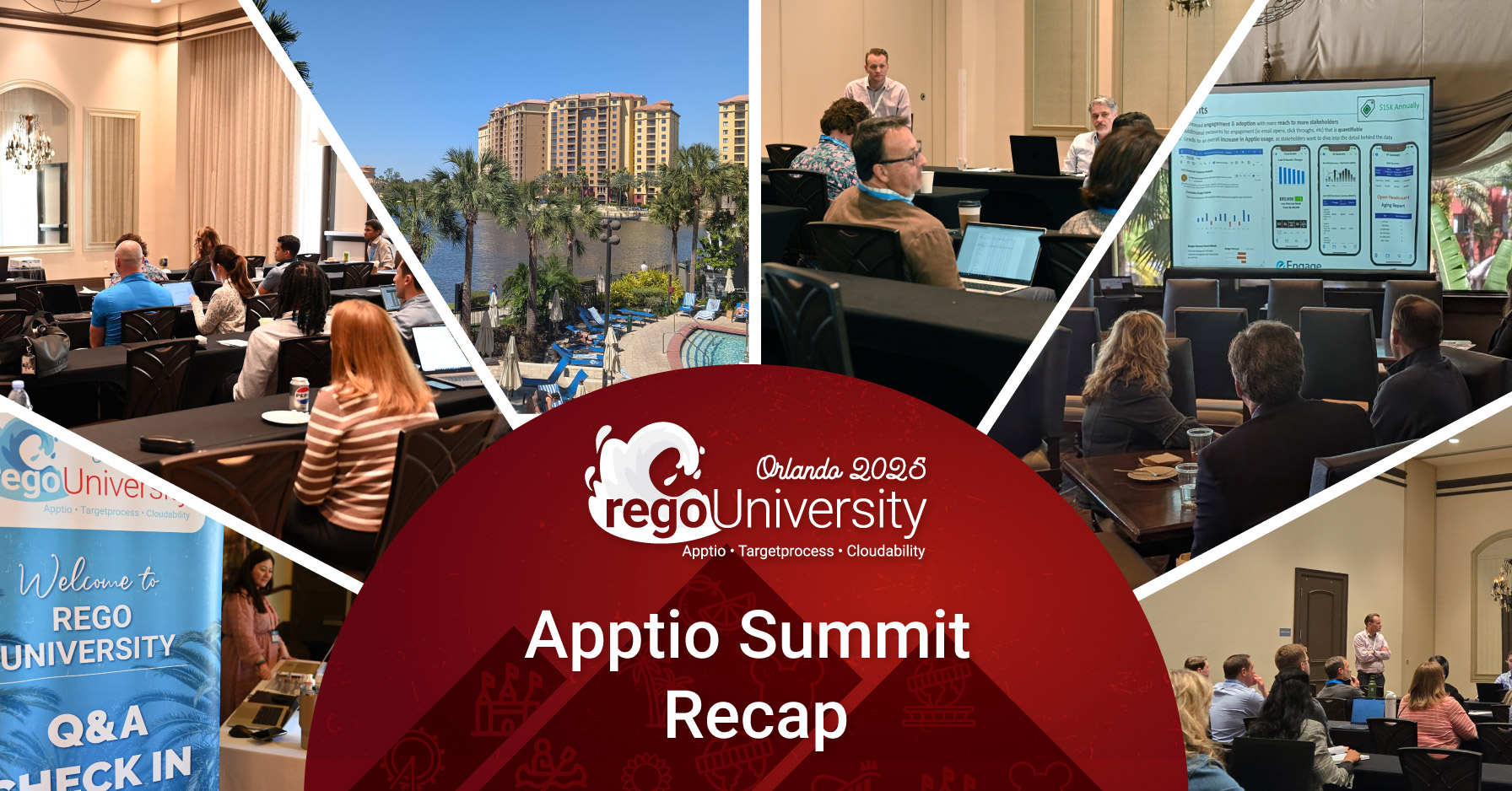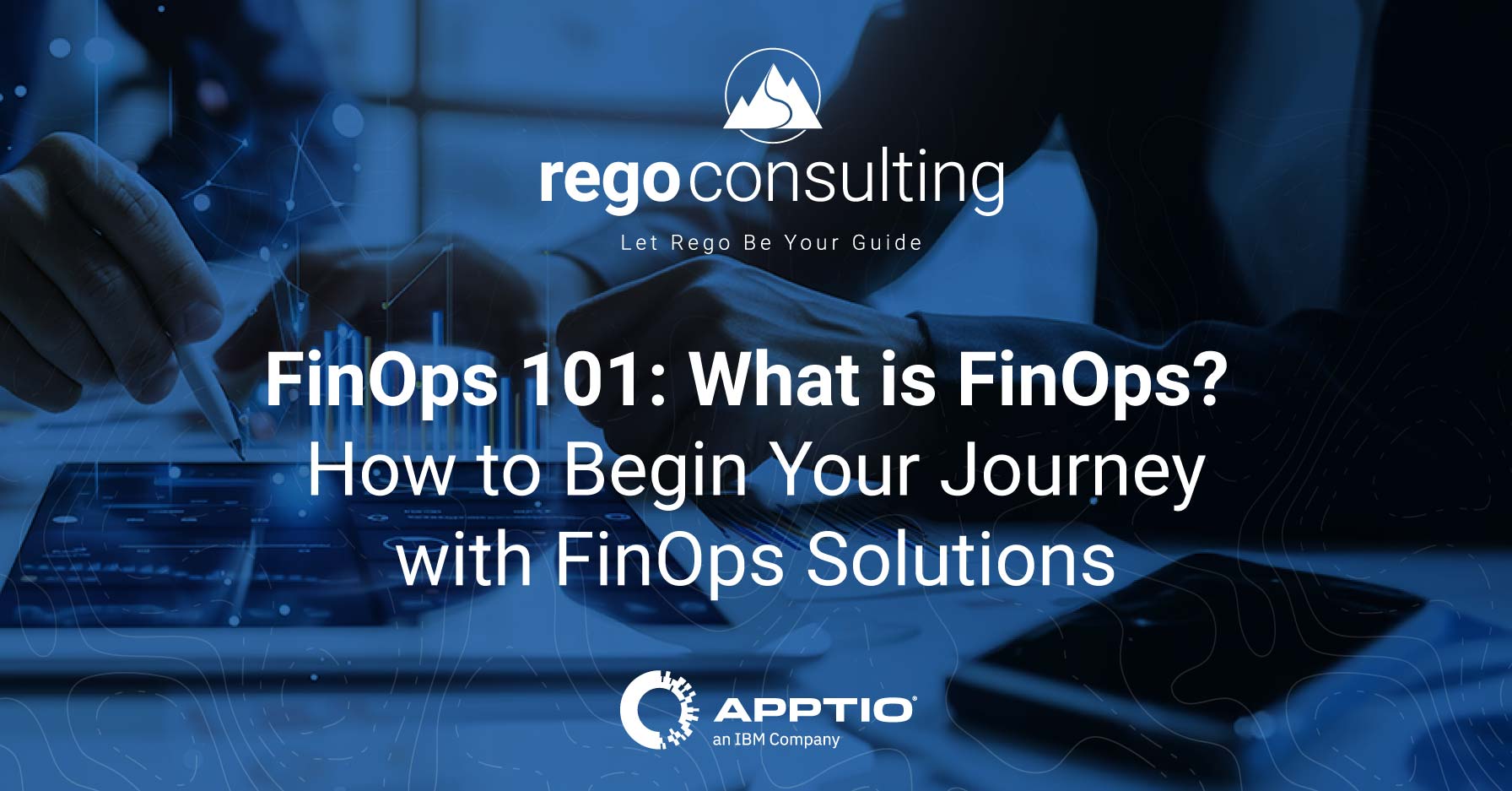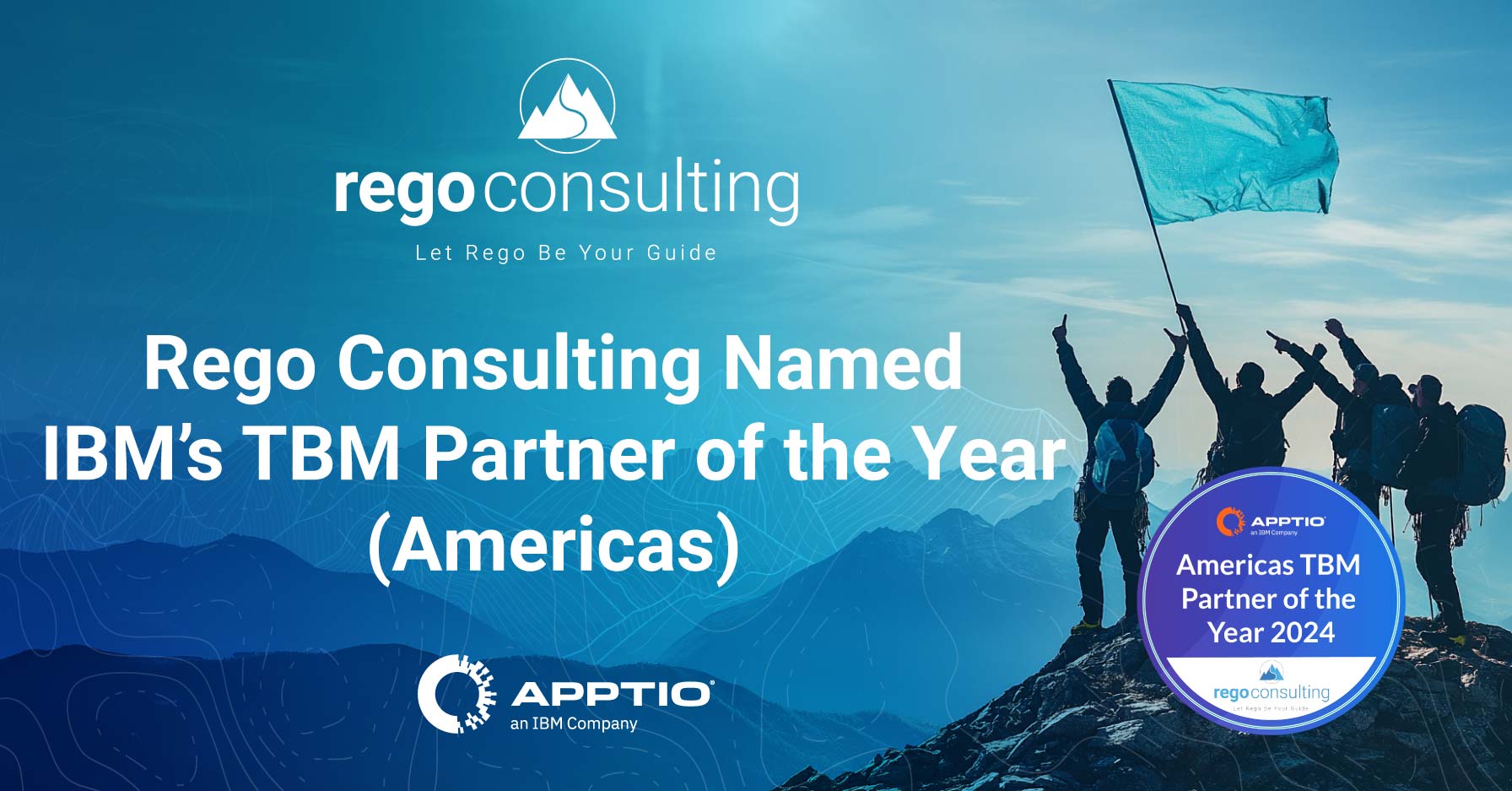![]() As your TBM practice matures, it’s important to make sure you’re tracking your data history in Apptio using best practices. These methods can help ensure your ApptioOne instance calculates quickly, your model is accurate, and your reports render in a timely fashion.
As your TBM practice matures, it’s important to make sure you’re tracking your data history in Apptio using best practices. These methods can help ensure your ApptioOne instance calculates quickly, your model is accurate, and your reports render in a timely fashion.
As a veteran TBM practitioner, I’ve helped businesses gain actionable insights for technology investment using Apptio with these best practices. Below, I share four of my top tips for improving the way you track your data history in Apptio.
1. Leveraging Project Time Settings Ranges
Thinking strategically about the Project Time Settings is one of the easiest ways to save time and ensure greater data integrity.
Data History Tracking: Start of Project
Selecting the right Start of Project at the outset of your Apptio implementation can save you time and effort. For most implementations, you should start with the current fiscal year. If your business needs to look at historical data, you can include one previous year. It isn’t advisable to go back any further.
Anything outside of that range can make data collection incredibly difficult. Changes in budget allocations, employee roles, and organizational structures can make historical data very challenging to manage.
For example, a cost center that focuses primarily on cloud solutions may have been dedicating funds to on-prem servers in past years. So, the mapping may not be applicable to where the cost center is in its current year. It would essentially be like comparing apples to oranges.
Improving Data Integrity with Closing Months
Another way to leverage the Project Time Settings is to use the Close Months option. The Close Months option allows you to close data input for the months you select. Using this feature after the data has been uploaded for a previous month is a great way to ensure data integrity.
2. Improving Calculation Times
TBMAs always need to be mindful of model performance in regards to data history tracking and age of the data. Since Apptio models and reports are precalculated before promoting to Production, TBMAs are always looking for ways to ensure healthy calculation times.
If you know a healthy baseline calculation time is around 5 hours, but you start to see those calculation times creep up to 10 or 15 hours, and it’s impacting your business processes, it may be time to review your historical data.
If you have kept multiple years of data open as your Apptio instance has matured, it may be time to exclude some of those previous years from your reporting.
Project Calculation Range
One way to speed up calculation times for reports is to adjust the Project Calculation Range. If you adjust this range, using the best practice recommendation of a one-year period (i.e. 2025), your reports will speed up, without having to change anything with the access data history.
Projects for Historical Data
If you find that data history tracking is becoming a burden to your day-to-day Apptio operations, there are some custom solutions available. Some TBMOs will opt to create custom projects specifically to archive their historical data for reference. Usually this involves using an API to extract historical data and loading it into the Project as flat tables.
3. Quick Tip for Your Users: Date Ranges Settings
In addition to the “behind-the-scenes” reporting settings in TBM Studio, I just wanted to cover a quick win for improving your users’ experience using the date range settings under IT Financials.
Most Apptio users know that this area reports for OpEx, OpEx year-to-date, Annual OpEx, and the OpEx Variable for year-to-date. But what newer users sometimes don’t realize, date range settings in the upper right corner dictate what value displays for those metrics.
For instance, if the date range is set to January, the OpEx YTD is only going to show that one month. To get a truer year-to-date picture, the user will need to open that date range up.
Another example is if it’s October, and you’re reviewing a YTD metric, users will likely need to change the Apptio time period to September as October data has probably not been closed yet.
I have found that guiding my new users in just this one area has helped reduce a lot of early confusion.
4. Data Consistency and Historical Insights
During the Table upload process, you will have an opportunity to see past data sources and where they align with the Apptio time-periods for that Table.
For instance, you could have a Table that needs to load with ad-hoc updates, like when a cost center needs to be re-mapped. Let’s say a cost center needs to be re-mapped in May. You will have a file or files for Jan-April and then another file for May, when the cost center is re-mapped going forward.
An easy way to visualize your historical data, is to view the Upload step of any table. This especially applies to general ledgers which are typically updated monthly. Additionally, if you need to overwrite any of the previous files with updated data, it is very easy to just click and overwrite in this screen.
The one downside of overwriting an existing dataset, is that you lose visibility into what has been previously loaded into that specific time period.
There is also a really cool trick that allows you to see previous versions of a table that has been recently overwritten. Just head over to Check in History > Audit Log. Then just right click on the Check in History tab and select Verbose Mode.
From there, all you must do is select an earlier build and click Create Branch from that build.
By doing this, you will be able to see what the model looked like at that specific point in time. This can be super handy, when you have multiple TBMAs managing data, and you need to see an older version of a table.
Improving Your Apptio Performance
If you are looking for more ways to improve Apptio performance, contact us for a no-pressure conversation. We can help you identify quick wins and partner with you to create a roadmap for success.
Let Rego Be Your Guide
Our Apptio consultants are senior-level Apptio users, experienced TBM strategists, PPM (Project Portfolio Management) experts, and implementation specialists. One thing that sets us apart from other consulting organizations is that we do not have designated entry- or junior-level associates. Every TBM consultant has over five years of experience working with Apptio and Fortune 20 and Fortune 100 companies.
We can help with technical configuration as well as implementation, adoption, and roadmap challenges. With our proven Agile approach, we deliver results you can see – fast – while reducing time-to-value.
Rego offers webinars, half-day training classes, and white papers. For more information, see Managed Support for Apptio.










